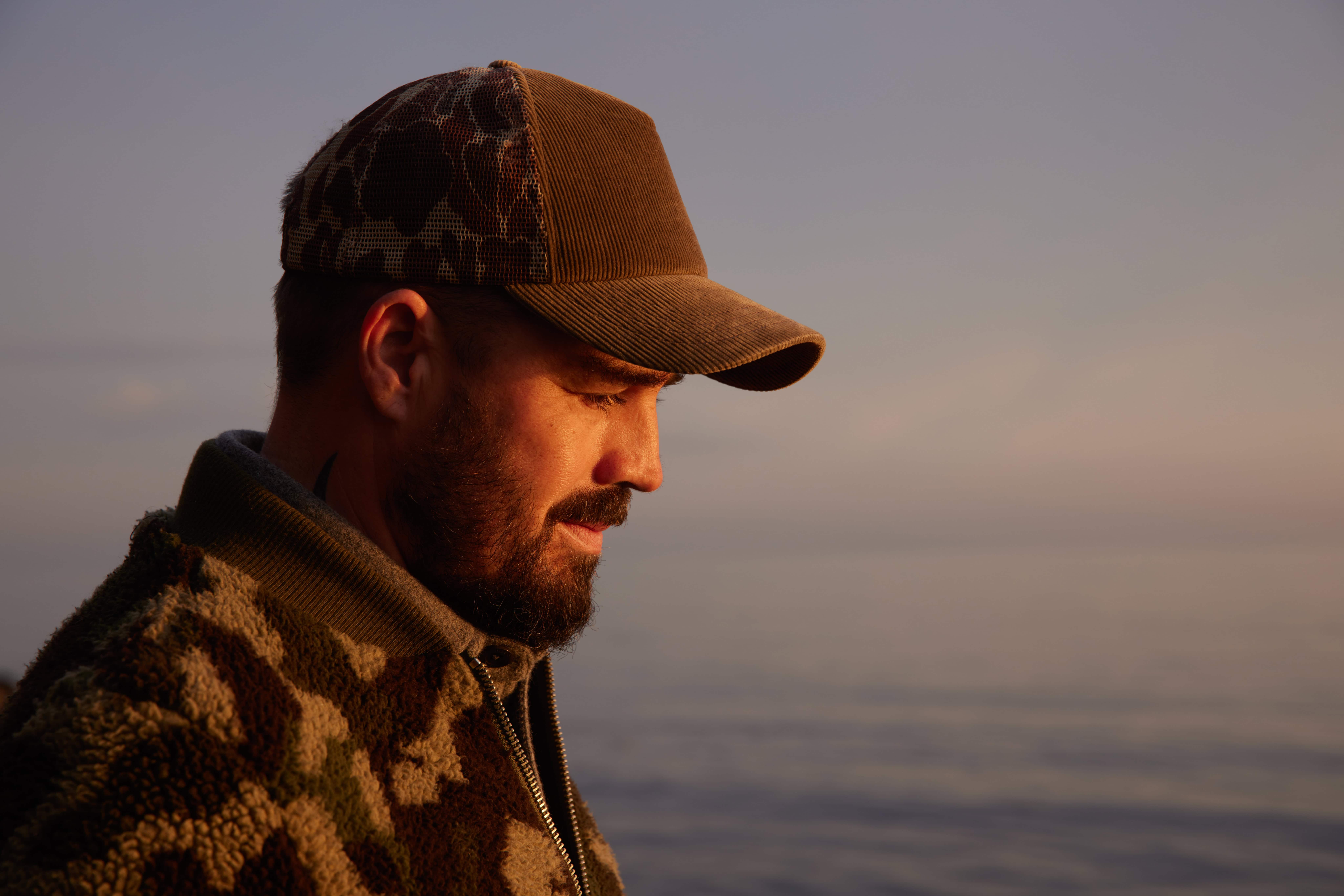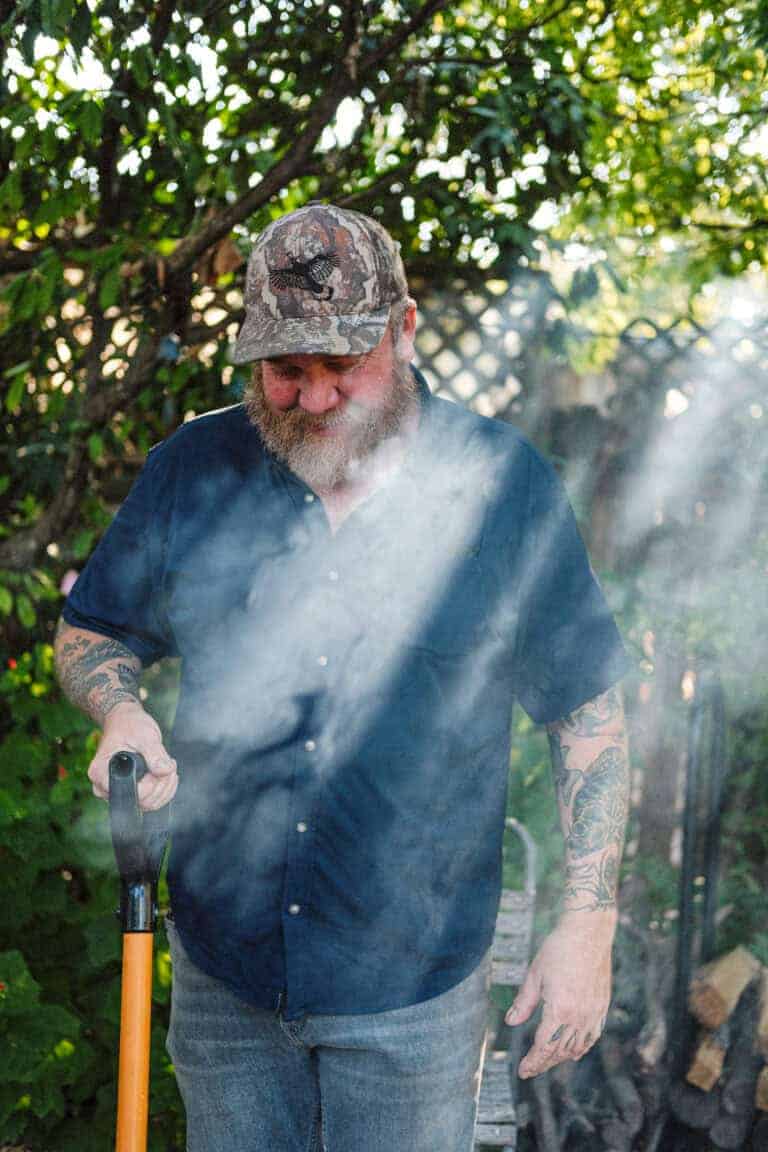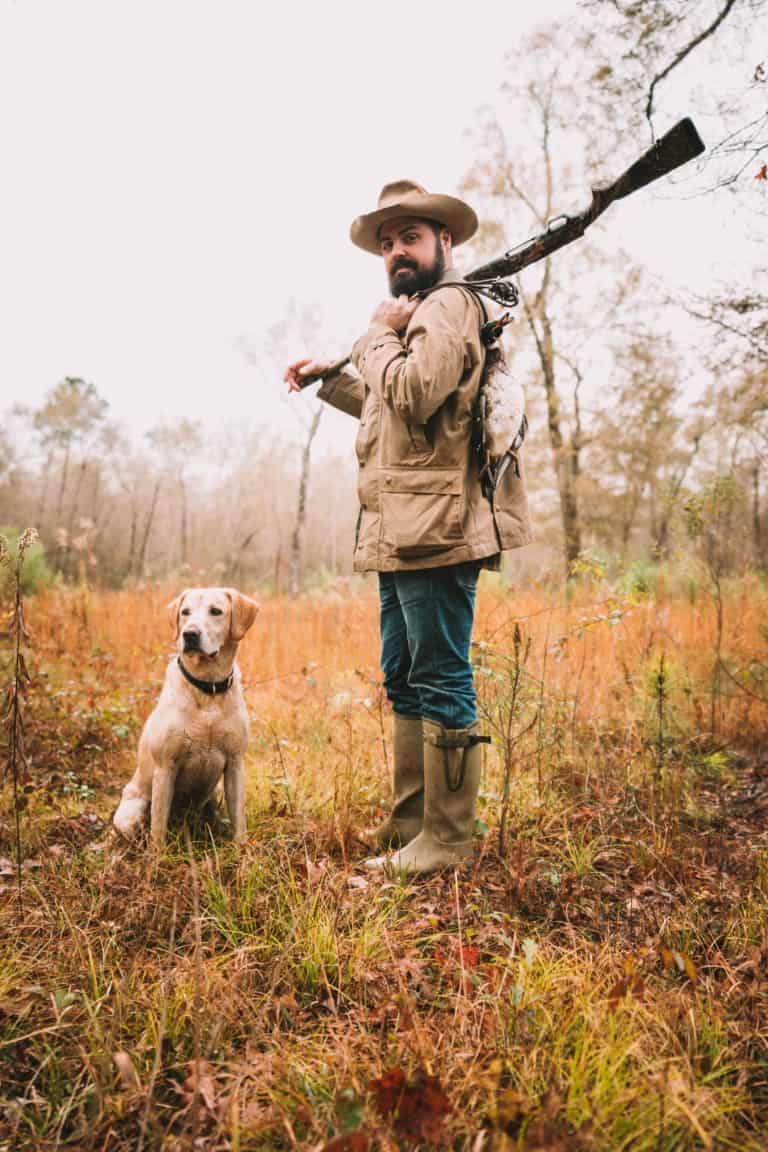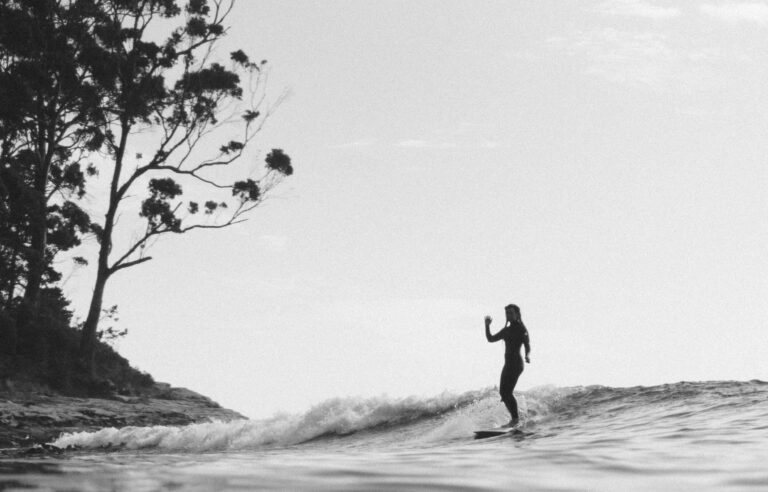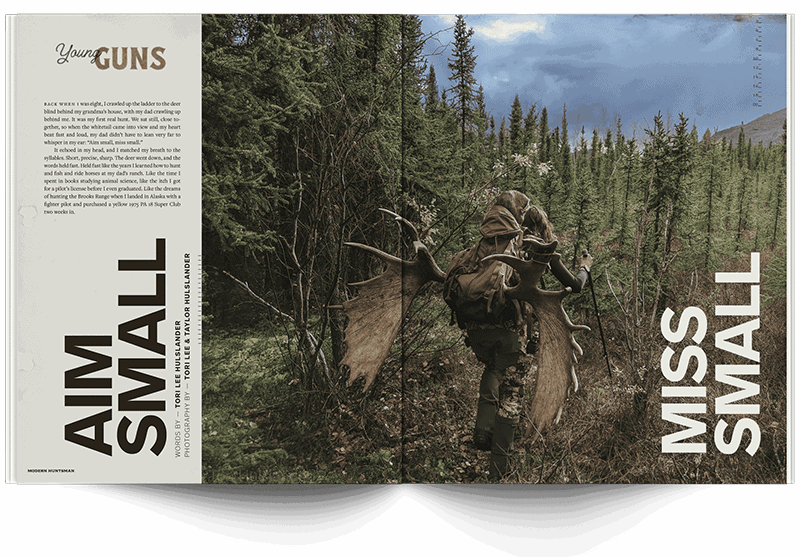Don't overcook it. Medium-rare is the sweet spot. Over that, and you're chewing leather.
Whether you harvested your own elk this season or picked up premium cuts from your local butcher, cooking this lean, flavorful game meat can feel intimidating. Chef Danny Christensen, featured in The Modern Huntsman Cookbook, shares his essential tips for turning elk into exceptional meals.
As a starting point, elk is incredibly lean, which means it can go from perfect to overcooked in minutes. Danny's approach is simple: high heat, short cook time, and never go beyond medium rare.
Here’s the Q&A with chef Danny Christensen:
As a starting point, elk is incredibly lean, which means it can go from perfect to overcooked in minutes. Danny's approach is simple: high heat, short cook time, and never go beyond medium rare.
Here’s the Q&A with chef Danny Christensen:
Do you have tips for grilling elk meat without it drying out?
Don't overcook it. Medium-rare is the sweet spot. Over that, and you're chewing leather. Use high heat, short cook time. Sear it hard and fast, then rest. Brush it with oil or butter. That fat barrier helps lock in moisture. Let it rest. At least 5 minutes and rule of thumb: rest 2/3 of the cooking time. Resting redistributes the juices so you don't lose them when you slice.
What's the right cook temperature to aim for when grilling elk?
Use a meat thermometer — seriously. You want to pull it at 125–130°F (52–54°C) for rare to medium-rare. It'll rise a few degrees as it rests. Go beyond 140°F (60°C), and you're sacrificing tenderness.
Is there an easiest or most forgiving cut of elk to grill?
Yes — backstrap (loin) is your best friend. It's tender, flavorful, and quick to cook. You can treat it like a beef tenderloin — just don't overdo it. It's a cut that shows off elk's richness without punishing you for small mistakes.
Should you marinate elk before cooking it?
If you've got a tougher cut, like a round or shoulder steak — yes, marinate. Include acid, red wine vinegar is my personal favourite, helps break down muscle fibers, and oil carries flavor. But for premium cuts like loin or tenderloin — skip the marinade. Let the wild flavor shine. Use salt, cracked pepper, garlic, and maybe a little juniper or rosemary.
Can you smoke or barbecue elk low and slow?
Yes — but choose the right cut. Don't smoke a backstrap. It's too lean and delicate. Go low and slow with shoulder (chuck), neck, brisket, and shank. These cuts have more connective tissue. Smoke them at 225°F (107°C) for 5-6 hours until they shred like pulled pork.
What are the best spices or spice rubs for grilled elk?
Elk doesn't need to be buried under spices. Stick to earthy, forest-inspired flavors: Salt + coarse pepper (always your base), juniper berry, garlic, rosemary or thyme, crushed coriander. Think like a forest — not a barbecue shack. Elk carries the flavor of the mountain, and it deserves respect.
If we want to buy elk from a butcher, do you have tips for picking it out?
Look for dark, rich red color — not pale or brown. Tight grain — coarse fibers = older or tougher meat. Minimal liquid in the package — lots of purge means poor handling or thawing. Ask where it came from. If they don't know, that's a red flag. Elk is expensive, so don't waste it on dishes that hide the flavor.
Danny's recipes tell stories of wild places and rediscovered traditions, reflecting his journey from the fashion world to a Tuscan hillside farm where he learned that the best meals come from fire, heritage, and respect for the ingredients. His Red Pepper Wild Boar Stew, a Romanian-inspired dish featured in The Modern Huntsman Cookbook, showcases this philosophy perfectly with bold flavors from simple, wild ingredients: charred red peppers, generous garlic, smoked paprika, and brandy lit on fire. The technique works beautifully with elk shoulder, brisket, or shank, those tougher cuts that benefit from low, slow cooking and have the connective tissue that breaks down into something magical over time.
serves: 4
prep time: 20 minutes
cook time: 4 to 8 hours
Red Pepper Wild Boar Stew
Romania may not be on your culinary destination list the way Italy or France are, but it should be! I was introduced to this dish while visiting my friend Silviu. In Romanian countryside cooking, you can always count on the inclusion of red pepper and garlic, and I love both! The first time I tried this dish, I was surprised by the use of red peppers, instead of tomatoes, as the base for the sauce.
This dish’s excellent variation—the sweetness of the red peppers combined with the punch from the generous amounts of garlic—makes for a heavenly marriage of flavors. In my version, I use brandy, as I often do in many recipes. Be generous and have your fireplace lighter ready to set fire to the alcohol right after you pour it in. Keep your head back, and don’t burn those eyebrows!
Serve with the Bastone Reserva, natural red wine.
ingredients
5 large red bell peppers
5 ounces lard
5 ounces smoked fat, bacon, or pancetta
2 pounds wild boar meat, cut into cubes, plus 1 pound boar bones
¼ cup brandy
3 tablespoons smoked paprika, preferably Hungarian
1 teaspoon caraway seeds
1¼ teaspoons salt
¼ teaspoon freshly ground black pepper
8 ounces tomato puree
1 large white onion, chopped
2 or 3 bay leaves
4 to 5 garlic cloves
3 sprigs thyme
1 to 4 cups beef stock (more if cooking over an open fire, less if cooking in the oven)
2 tablespoons olive oil
1 teaspoon red pepper flakes (optional)
1 generous cup red wine, preferably Zinfandel or Pinot Noir
method
there are two ways to cook this dish: in a cast-iron pot over an open fire or in the oven. Build a fire and let it burn down to very hot coals. (Or set your oven broiler to high.) Char the peppers over the fire. (Or broil on highest rack setting—watch and turn when blackened.) Once charred, place peppers in a large bowl and cover with a wrap or a tight-fitting lid. Let peppers rest for 10 to 15 minutes.
If you are using an open fire, place your cast-iron pot over your burned-down bed of coals. If you are using your oven, change from the broiler setting to the bake setting and turn the temperature down to 300°F.
Gently peel off the loose skin and seed and stem the peppers, saving only the pepper flesh.
In a 5-to 6-quart cast-iron pot, melt the lard over high heat. Add the smoked fat, boar meat, and bones and cook until everything starts to caramelize. Add the brandy; if cooking with a fire, stir constantly for both methods of cooking. This process will take about 15 minutes, or until the liquid begins to evaporate. Use tongs to remove and set the meat aside for later. Discard the bones.
In a 5- to 6- quart cast- iron pot, melt the lard over high heat, fire or stove. Add the smoked fat, boar meat, and bones and cook until everything starts to caramelize. Add the brandy; if cooking with a fire, stir constantly for both methods of cooking. This process will take about 15 minutes, or until the liquid begins to evaporate. Use tongs to remove and set the meat aside for later. Discard the bones.
Reduce the heat slightly, add the smoked paprika, caraway, 1 teaspoon salt, and the black pepper to the pot and fry for a couple of minutes, stirring with a wooden spatula. Add the tomato puree and onions and fry until they are soft and translucent, about 10 minutes. If using an oven, now reduce the heat to 250°F.
Add the bell peppers and 2 cups stock. Cook for 10 minutes, then use a hand-or immersion blender to blend into a smooth sauce.
Return the cooked meat to the pot along with the bay leaves. If cooking over an open fire, keep the flame small, stir frequently, and add 1 cup of stock at a time to keep everything submersed, as it boils down, checking on the liquid every half hour. Depending on your fire, the time needed to add more liquid may vary.
Cook the stew about 4 hours on an open fire, or about 8 hours in the oven. About 30 minutes before the stew is finished (if over an open fire it will have become aggressively aromatic), crush the garlic and mix with ¼ teaspoon salt, the thyme, and olive oil. Add the pepper flakes, if using, for a bit of heat.
Add the garlic, herb, and olive oil mix to the pot for the remaining cooking time. Add the red wine to the pot and stir. Taste and add salt and pepper as needed.
This dish tastes delicious with a thick piece of toasted, day-old bread.
notes: If you have time, the best way is to slow cook in the oven for 8 hours. For flavor and the soul of the chef, of course, the best way is to cook over an open fire. Remember to check on your liquid periodically to ensure your ingredients are submerged. When the liquid gets too low, add 1 cup of stock at a time. If you don’t have boar on hand, beef or mutton will substitute well.
prep time: 20 minutes
cook time: 4 to 8 hours
Red Pepper Wild Boar Stew
Romania may not be on your culinary destination list the way Italy or France are, but it should be! I was introduced to this dish while visiting my friend Silviu. In Romanian countryside cooking, you can always count on the inclusion of red pepper and garlic, and I love both! The first time I tried this dish, I was surprised by the use of red peppers, instead of tomatoes, as the base for the sauce.
This dish’s excellent variation—the sweetness of the red peppers combined with the punch from the generous amounts of garlic—makes for a heavenly marriage of flavors. In my version, I use brandy, as I often do in many recipes. Be generous and have your fireplace lighter ready to set fire to the alcohol right after you pour it in. Keep your head back, and don’t burn those eyebrows!
Serve with the Bastone Reserva, natural red wine.
ingredients
5 large red bell peppers
5 ounces lard
5 ounces smoked fat, bacon, or pancetta
2 pounds wild boar meat, cut into cubes, plus 1 pound boar bones
¼ cup brandy
3 tablespoons smoked paprika, preferably Hungarian
1 teaspoon caraway seeds
1¼ teaspoons salt
¼ teaspoon freshly ground black pepper
8 ounces tomato puree
1 large white onion, chopped
2 or 3 bay leaves
4 to 5 garlic cloves
3 sprigs thyme
1 to 4 cups beef stock (more if cooking over an open fire, less if cooking in the oven)
2 tablespoons olive oil
1 teaspoon red pepper flakes (optional)
1 generous cup red wine, preferably Zinfandel or Pinot Noir
method
there are two ways to cook this dish: in a cast-iron pot over an open fire or in the oven. Build a fire and let it burn down to very hot coals. (Or set your oven broiler to high.) Char the peppers over the fire. (Or broil on highest rack setting—watch and turn when blackened.) Once charred, place peppers in a large bowl and cover with a wrap or a tight-fitting lid. Let peppers rest for 10 to 15 minutes.
If you are using an open fire, place your cast-iron pot over your burned-down bed of coals. If you are using your oven, change from the broiler setting to the bake setting and turn the temperature down to 300°F.
Gently peel off the loose skin and seed and stem the peppers, saving only the pepper flesh.
In a 5-to 6-quart cast-iron pot, melt the lard over high heat. Add the smoked fat, boar meat, and bones and cook until everything starts to caramelize. Add the brandy; if cooking with a fire, stir constantly for both methods of cooking. This process will take about 15 minutes, or until the liquid begins to evaporate. Use tongs to remove and set the meat aside for later. Discard the bones.
In a 5- to 6- quart cast- iron pot, melt the lard over high heat, fire or stove. Add the smoked fat, boar meat, and bones and cook until everything starts to caramelize. Add the brandy; if cooking with a fire, stir constantly for both methods of cooking. This process will take about 15 minutes, or until the liquid begins to evaporate. Use tongs to remove and set the meat aside for later. Discard the bones.
Reduce the heat slightly, add the smoked paprika, caraway, 1 teaspoon salt, and the black pepper to the pot and fry for a couple of minutes, stirring with a wooden spatula. Add the tomato puree and onions and fry until they are soft and translucent, about 10 minutes. If using an oven, now reduce the heat to 250°F.
Add the bell peppers and 2 cups stock. Cook for 10 minutes, then use a hand-or immersion blender to blend into a smooth sauce.
Return the cooked meat to the pot along with the bay leaves. If cooking over an open fire, keep the flame small, stir frequently, and add 1 cup of stock at a time to keep everything submersed, as it boils down, checking on the liquid every half hour. Depending on your fire, the time needed to add more liquid may vary.
Cook the stew about 4 hours on an open fire, or about 8 hours in the oven. About 30 minutes before the stew is finished (if over an open fire it will have become aggressively aromatic), crush the garlic and mix with ¼ teaspoon salt, the thyme, and olive oil. Add the pepper flakes, if using, for a bit of heat.
Add the garlic, herb, and olive oil mix to the pot for the remaining cooking time. Add the red wine to the pot and stir. Taste and add salt and pepper as needed.
This dish tastes delicious with a thick piece of toasted, day-old bread.
notes: If you have time, the best way is to slow cook in the oven for 8 hours. For flavor and the soul of the chef, of course, the best way is to cook over an open fire. Remember to check on your liquid periodically to ensure your ingredients are submerged. When the liquid gets too low, add 1 cup of stock at a time. If you don’t have boar on hand, beef or mutton will substitute well.
